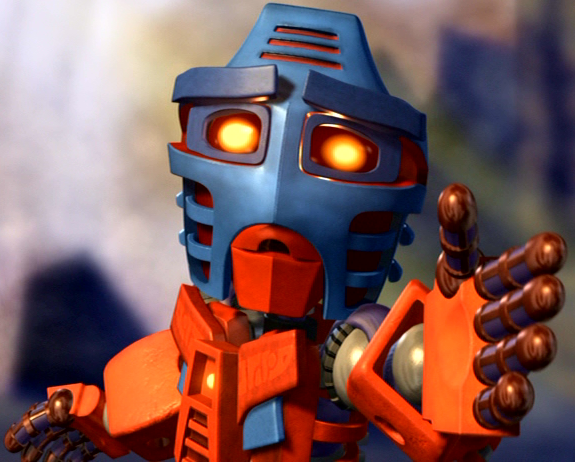From July 26 to August 7 (last Monday to next Saturday) is the 50th anniversary of the
Apollo 15 mission, the fourth successful landing of a crewed spacecraft on the surface of the Moon. The astronauts who flew on this mission were commander David Scott (his last mission in space, previously flew on Gemini 8 and Apollo 9), CM pilot Alfred Worden (his only mission in space), and LM pilot James Irwin (his only mission in space). The names of the modules for this mission were
Endeavour for the Command Module and
Falcon for the Lunar Module. The backup crew for this mission was scheduled to fly on Apollo 18 until that mission was cancelled due to budget cuts (one of whom, Vance Brand, would later fly on the Apollo-Soyuz mission and three Space Shuttle flights). Also of note, of the twelve men who walked on the lunar surface throughout the Apollo Program, James Irwin was the first to pass away in 1991.
This mission was originally scheduled to land near the Censorinus crater as the last non-extended mission, but due to later missions being cancelled, the landing site was moved to Hadley Rille and it became the first of three extended missions. As a result, this mission became the first one to include the use of the Lunar Roving Vehicle, which was folded up so it could fit within a small compartment of the LM's descent stage, each wheel was made of a metal wire mesh and powered by electric motors, and could travel at 6 to 8 mph (10 to 12 km/h), allowing the astronauts to cover much more ground during their Extra-Vehicular Activities (EVAs).
The launched occurred on the morning of July 26. The LM landed on July 30, possibly the hardest landing of all the Apollo missions due to Scott shutting off the engine 1.5 ft (0.5 m) from the surface, and it also settled at a slight angle due to landing upon the rim of a small crater. Scott's first words as he set foot upon the Moon were, "As I stand out here in the wonders of the unknown at Hadley, I sort of realize there's a fundamental truth to our nature. Man must explore. And this is exploration at its greatest." In the first EVA (which lasted 6 hours and 32 minutes on July 31), despite some difficulty deploying the lunar rover and the front wheels failing to turn (though fortunately the rear wheels could turn just fine), they were able to drive around and stopped at two different craters to collect samples before returning to the lander. In the second EVA (which lasted 7 hours and 12 minutes on August 1), with the rover's steering issue resolved, they drove to stopped at a few craters and large boulders to collect more samples (including the so-called "Genesis Rock"), finished setting up scientific equipment near the lander, and finally planted the U.S. flag. In the third EVA (which lasted 4 hours and 49 minutes on August 2), despite some difficulty with extracting a core sample, they had time to visit a few more sites and collect more samples (including their largest sample, the 21 lb (9.6 kg) "Great Scott" rock), and upon returning to the lander, Scott performed an experiment in front of a TV camera in which he dropped a hammer and a feather at the same time to demonstrate that all objects without air resistance will fall at the same rate. The lunar rover (which had traveled a total of 17.3 mi (27.9 km)) was parked away from the lander so the TV camera mounted on it could film the take-off of the LM's ascent stage, but before returning to the LM, Scott placed a Bible on the rover and also placed on the ground the "Fallen Astronaut" statuette with a plaque that listed the names of 14 astronauts and cosmonauts who had lost their lives in the pursuit of space exploration. With a total of 170 lbs (77 kg) of lunar samples collected, the LM ascent stage lifted off on August 2 after a total of 66 hours and 55 minutes on the lunar surface. After the astronauts returned to the CSM and the LM was jettisoned, they left lunar orbit on August 4, and on the way back to Earth, Worden did a 39 minute EVA to retrieve film cassettes stored on the outside of the spacecraft, the first ever spacewalk beyond low earth orbit (and to this day is still the most distant spacewalk ever done). The CM safely splashed down in the Pacific Ocean on August 7, despite one of the three parachutes failing to deploy.
Less than a year after the mission's conclusion, the reputations of the three astronauts were tarnished when it was revealed that, without any authorization from NASA, they had brought a few hundred postal covers (provided by a West German stamp dealer) with them to the lunar surface and back to Earth with the intent to make a small profit to set aside for their kids. As a result of this scandal, the three men were forced to give up the covers they had not sold to the stamp dealer and were not allowed to ever fly in space again.


 The forum should now be back up and running. Please don't hesitate to let us admins know if you run into any issues.
The forum should now be back up and running. Please don't hesitate to let us admins know if you run into any issues.